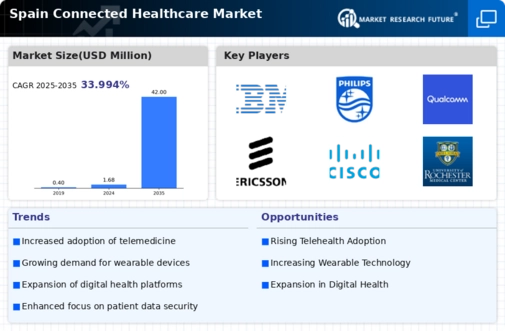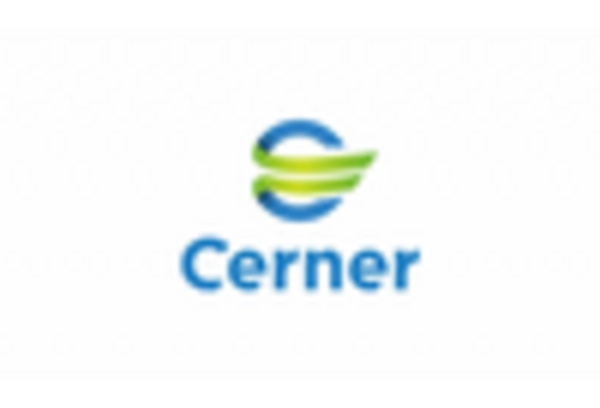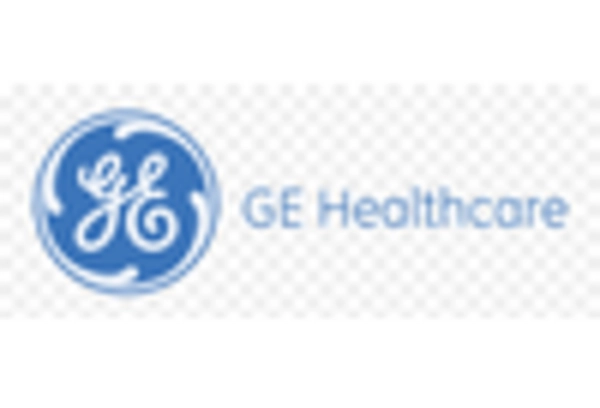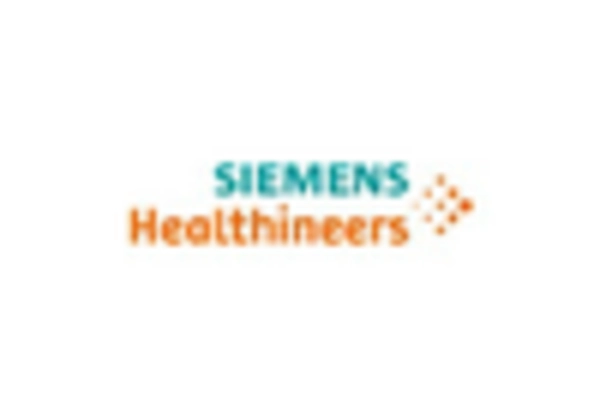Government Initiatives and Funding
Government initiatives and funding play a crucial role in shaping the connected healthcare market. In Spain, the government has launched various programs aimed at enhancing digital health infrastructure. For instance, the Spanish Ministry of Health has allocated substantial budgets to promote telehealth services and digital health solutions. This financial support is expected to increase the adoption of connected healthcare technologies across the country. Recent reports indicate that public investment in digital health is anticipated to reach €1 billion by 2026, reflecting a commitment to improving healthcare delivery through technology. Such initiatives not only bolster the connected healthcare market but also encourage private sector participation, fostering innovation and competition.
Rising Demand for Remote Patient Monitoring
The increasing demand for remote patient monitoring is a pivotal driver in the connected healthcare market. In Spain, healthcare providers are increasingly adopting technologies that allow for continuous monitoring of patients' health metrics from their homes. This trend is driven by the need to manage chronic diseases effectively and reduce hospital readmissions. According to recent data, the remote patient monitoring segment is projected to grow at a CAGR of approximately 25% over the next five years. This growth is indicative of a broader shift towards patient-centered care, where individuals are empowered to take charge of their health. The connected healthcare market is thus evolving to meet these demands, integrating advanced technologies that facilitate real-time data sharing between patients and healthcare professionals.
Aging Population and Chronic Disease Management
The aging population in Spain is a significant driver of the connected healthcare market. As the demographic landscape shifts, there is a growing prevalence of chronic diseases such as diabetes and cardiovascular conditions. This demographic trend necessitates innovative healthcare solutions that can efficiently manage these conditions. The connected healthcare market is responding by offering technologies that enable better disease management and patient engagement. Data suggests that by 2030, nearly 30% of the Spanish population will be over 65 years old, which will likely increase the demand for connected health solutions. This shift underscores the importance of integrating technology into healthcare to enhance the quality of life for older adults.
Increased Focus on Health Data Interoperability
Health data interoperability is emerging as a critical driver in the connected healthcare market. In Spain, the ability to share and access health information across different systems is essential for providing coordinated care. The government and healthcare organizations are prioritizing the development of interoperable systems to facilitate seamless data exchange. Recent initiatives have aimed to standardize health data formats, which is expected to enhance collaboration among healthcare providers. As interoperability improves, it is anticipated that patient care will become more efficient, reducing duplication of services and improving health outcomes. This focus on data interoperability is likely to propel the connected healthcare market forward, fostering a more integrated healthcare ecosystem.
Integration of Artificial Intelligence in Healthcare
The integration of artificial intelligence (AI) into healthcare systems is transforming the connected healthcare market. In Spain, AI technologies are being utilized to analyze vast amounts of health data, leading to improved diagnostic accuracy and personalized treatment plans. The potential of AI to enhance decision-making processes in clinical settings is becoming increasingly recognized. Reports indicate that the AI healthcare market in Spain is expected to grow by over 30% annually, driven by advancements in machine learning and data analytics. This integration not only streamlines operations but also enhances patient outcomes, making it a vital component of the connected healthcare market.

















Leave a Comment